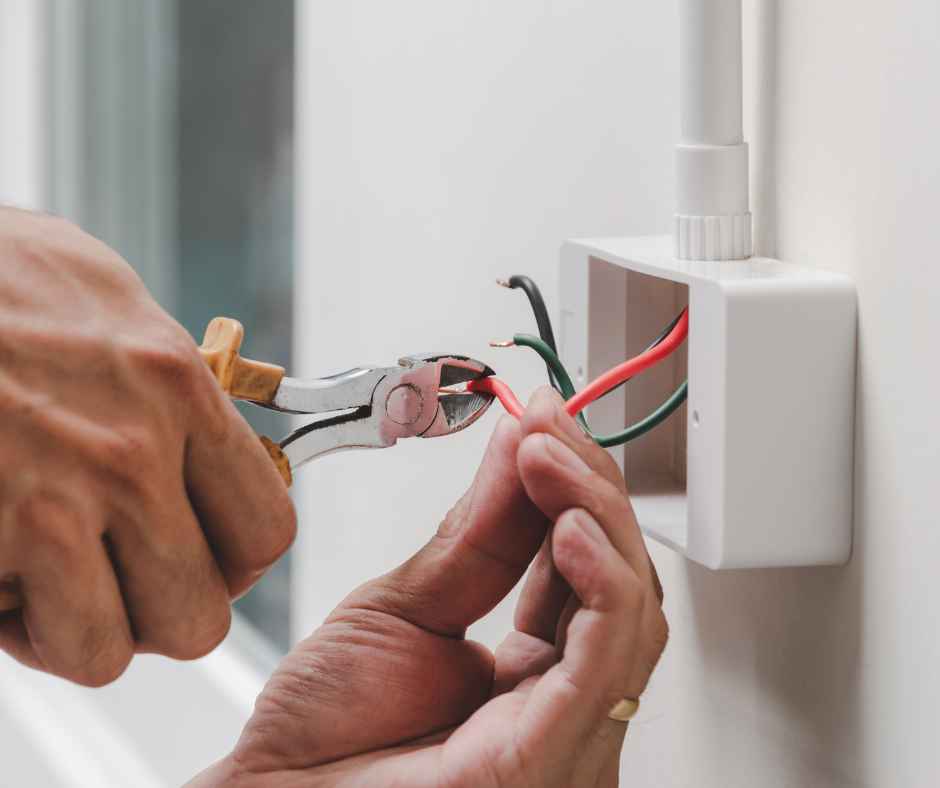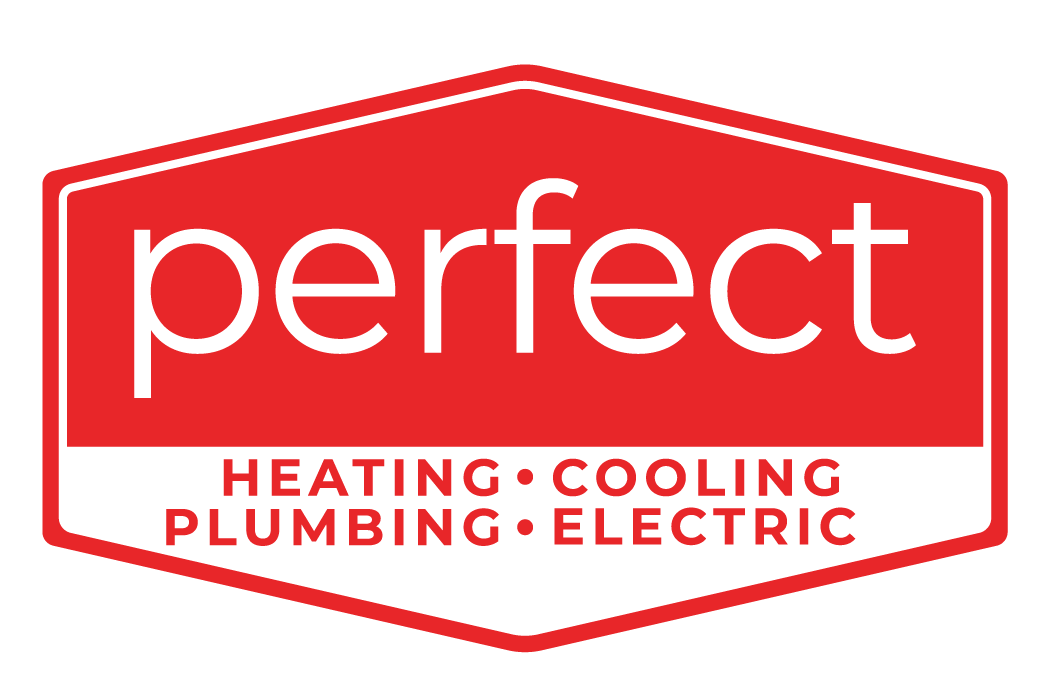
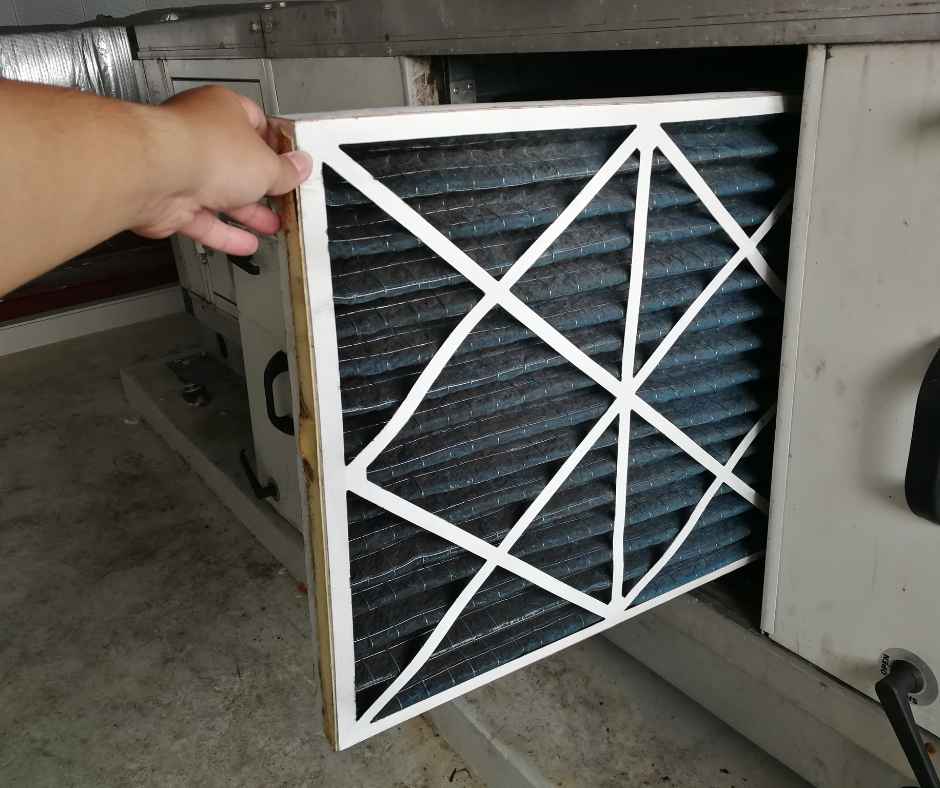
Air Quality Essentials: The Homeowner’s Handbook to Cleaner, Healthier Indoor Air
August 13, 2025
You spend the majority of your time indoors, but have you ever considered what’s floating around in the air inside your home? From dust and pet dander to hidden chemicals and allergens, your indoor air may be more polluted than the air outside. And while you might not always see the problem, you could be feeling it through allergy flare-ups, fatigue, or frequent headaches. The truth is, your HVAC system has a major influence on how clean your indoor air really is.
Fortunately, there are simple, effective steps every homeowner can take to improve air quality and breathe easier. In this blog, we’ll explore what’s in your air, how it affects your health, and what Perfect Home Services can do to help you create a cleaner, healthier home.
What’s Really in Your Indoor Air?
Your home might look clean on the surface, but the air you’re breathing could tell a different story. Indoor air is filled with a mix of visible particles—like dust, hair, and lint—and microscopic pollutants that are far less obvious but potentially more harmful. These include volatile organic compounds (VOCs), mold spores, pet dander, bacteria, pollen, and even combustion byproducts from cooking or heating.
Many of these contaminants come from everyday sources. Common culprits include cooking fumes, candles, aerosol sprays, cleaning products, and the off-gassing of synthetic materials found in furniture, flooring, and paint. Homes with pets will have additional allergens like fur and dander, while pollen and pollutants from outside can sneak in through open doors and windows, or even hitch a ride on your shoes and clothing.
Seasonal changes can also affect what’s in your air. During warmer months, pollen levels rise, and homes tend to bring in more outdoor allergens. In colder weather, we tend to seal our homes tightly for warmth, which can trap stale air, moisture, and indoor pollutants inside with nowhere to go. Poor ventilation makes it harder for fresh air to circulate and pollutants to escape, especially in newer homes built with energy efficiency—but not necessarily airflow—in mind.
That’s where your HVAC system comes in. A well-maintained system with proper filtration can reduce airborne contaminants significantly. But if your system is outdated or poorly configured, it may be circulating the same unfiltered, polluted air over and over again.
Understanding what’s in your air is the first step toward improving it. Once you identify potential sources and how they enter your home, you can begin making meaningful changes that support healthier indoor living.
Signs Your Indoor Air Quality May Be a Problem
Poor indoor air quality doesn’t always come with a loud warning, but your body and your home often send subtle signals. If you or your family members experience ongoing discomfort without a clear cause, your air could be to blame. From physical symptoms to household clues, these are the most common signs your home’s air might need attention.
Physical Symptoms and Discomfort
You might notice that you feel worse at home than you do anywhere else. Frequent sneezing, coughing, or itchy eyes are classic signs of airborne allergens. If you suffer from asthma or allergies, poor air quality can trigger flare-ups more often and make symptoms harder to manage.
Persistent fatigue, headaches, or brain fog—especially if they improve when you leave the house—could also be related to indoor pollutants or low oxygen levels. Other red flags include dry skin, sore throat, and nasal congestion that lingers without a known illness. These symptoms often become more noticeable in winter when homes are closed up and air circulation is reduced.
Household Clues to Watch For
Your home may also give you visual and environmental hints that something’s off. Musty or stale odors, especially around vents or in closed-off rooms, suggest stagnant air or the presence of mold and mildew. If you’re constantly dusting furniture or notice a fine layer of particles on surfaces soon after cleaning, your HVAC filter may be underperforming or your home may lack proper filtration altogether.
Visible mold growth on walls, ceilings, or around vents is a serious concern and usually indicates excess humidity or a ventilation issue. Humidity extremes—either too high or too low—can also impact air quality. Air that’s too dry contributes to irritation, while overly humid air creates a breeding ground for mold, bacteria, and dust mites.
If any of these symptoms or signs sound familiar, your indoor air may need a closer look. Fortunately, many issues are easy to fix with the right solutions.
How to Improve Indoor Air Quality in Your Home
Improving your indoor air quality doesn’t require a complete home overhaul—just a combination of smart habits, targeted upgrades, and consistent system maintenance. Whether you’re trying to reduce allergens, odors, or humidity, there are practical solutions that make a noticeable difference in your daily comfort and long-term health.
Ventilation and Airflow Improvements
One of the simplest ways to freshen your home’s air is to improve ventilation. When weather allows, open windows to let stale air out and bring fresh air in. Use exhaust fans in bathrooms, kitchens, and laundry rooms to remove moisture and odors at the source. These small actions can significantly reduce indoor pollutants.
Make sure your HVAC system supports proper airflow throughout your home. Blocked vents or imbalanced air return can keep contaminated air trapped in certain areas. If your home is newer or tightly sealed for energy efficiency, you might also benefit from a mechanical ventilation system, such as an energy recovery ventilator (ERV), which brings in fresh outdoor air while maintaining energy performance.
Filtration and Purification Solutions
Next, focus on what’s already in the air. Your HVAC filter is your first line of defense, but not all filters are created equal. Upgrading to a filter with a MERV rating of 8 to 13 can trap smaller particles like pollen, smoke, and bacteria without restricting airflow in most modern systems.
For an added layer of protection, consider installing a whole-home air purifier or UV light system inside your ductwork. These devices actively neutralize allergens, germs, and VOCs that your standard filter might miss. Portable HEPA air purifiers are also helpful in bedrooms, home offices, or other high-use spaces where you want maximum filtration.
And don’t forget about maintenance; change your HVAC filters every 1–3 months, depending on your system and lifestyle, to keep your air clean and your system running efficiently.
Humidity Control and Source Reduction
Humidity plays a critical role in air quality. Ideally, your indoor humidity should stay between 30% and 50%. If it dips too low in the winter, dry air can cause irritation and static buildup. If it climbs too high in the summer, it can encourage mold, mildew, and dust mites. Use whole-home humidifiers or dehumidifiers to maintain a balanced environment.
You can also improve air quality by reducing pollutant sources. Choose low-VOC paints, sealants, and cleaners, and use natural products whenever possible. Fix plumbing leaks promptly, clean up spills quickly, and avoid letting moisture linger in damp areas. Regular pet grooming helps reduce dander, while keeping shoes off indoors limits dirt and outdoor allergens.
Together, these changes create a safer, healthier home one breath at a time.
When to Call a Professional for Help
While many indoor air quality improvements can start with DIY steps, there are times when bringing in a professional is the smartest and safest move. If your symptoms persist despite your best efforts, or if you suspect a deeper issue in your HVAC system or home environment, it’s time to call in the experts.
A professional can perform thorough indoor air quality testing to identify what’s in your air and where it’s coming from. These tests can detect hidden mold spores, high VOC levels, humidity imbalances, and airborne particles too small to see with the naked eye. If you’re experiencing chronic health issues at home without a clear cause, these evaluations can uncover problems that basic filters or purifiers won’t solve.
If you see visible mold or notice a strong musty odor that lingers, don’t wait. Mold can spread quickly and may be rooted in areas that are hard to reach, such as behind walls or inside ductwork. A licensed HVAC technician can inspect your system, identify moisture issues, and recommend safe remediation steps.
It’s also wise to consult a pro if your HVAC system is more than 10–15 years old or if you’ve never had your ductwork inspected. Older systems often lack modern filtration capabilities and may be circulating the same dirty air year after year. A technician can evaluate your current setup and recommend upgrades like whole-home purification systems, improved filters, or humidity control tools.
Finally, if you’re building a new home, remodeling, or making major HVAC changes, a professional can help design a system that balances energy efficiency with healthy airflow. From ventilation strategies to product recommendations, you’ll get expert advice tailored to your space.
Clean, healthy air shouldn’t be a guessing game, and with the right support, it won’t be.
Wrap-Up: Breathe Easier With Cleaner Air and Expert Support
You deserve to feel comfortable and healthy in your own home—and that starts with the air you breathe. Whether it’s allergens in your ducts, stale air in sealed rooms, or humidity problems that won’t go away, your indoor air quality plays a direct role in your well-being. The good news? Small changes, smart upgrades, and expert help can make a big difference.
From improving ventilation to adding filtration and purification systems, there are solutions for every home and every budget. And while DIY steps can go a long way, sometimes the best next move is calling in a professional who knows exactly where to look and how to help.
At Perfect Home Services, we specialize in whole-home comfort—from heating and cooling to cleaner, healthier indoor air. If your home’s air isn’t as fresh, balanced, or breathable as it should be, our team is ready to help.
Contact Perfect Home Services today to schedule an indoor air quality assessment and start breathing easier every single day.
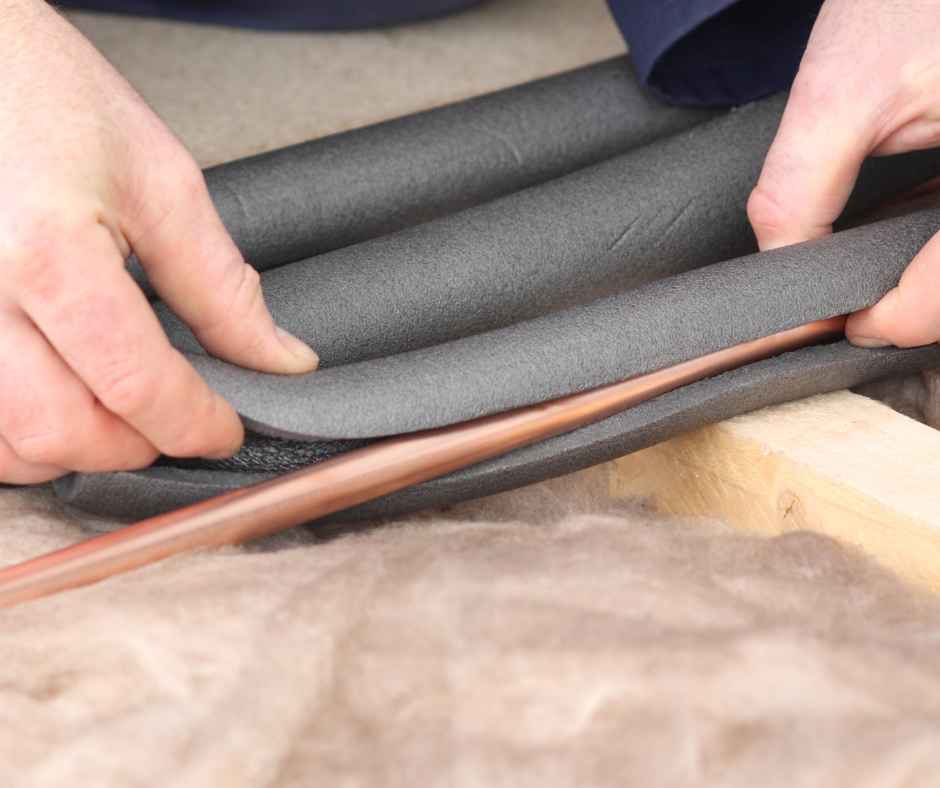
Preparing Your Home for Winter: The Ultimate Checklist for Aurora & Naperville Homes
October 15, 2025
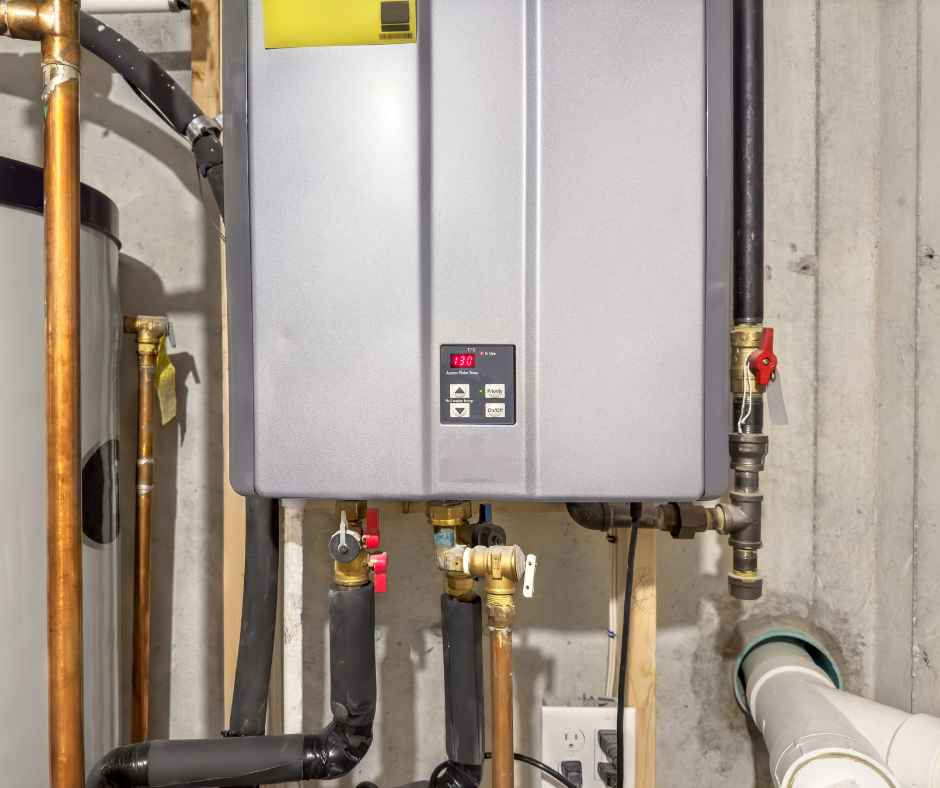
Chicagoland Home Maintenance Checklist: 12-Month HVAC & Plumbing Guide
September 15, 2025

7 Early Warning Signs of a Hidden Leak (and How to Fix Them Fast)
July 22, 2025
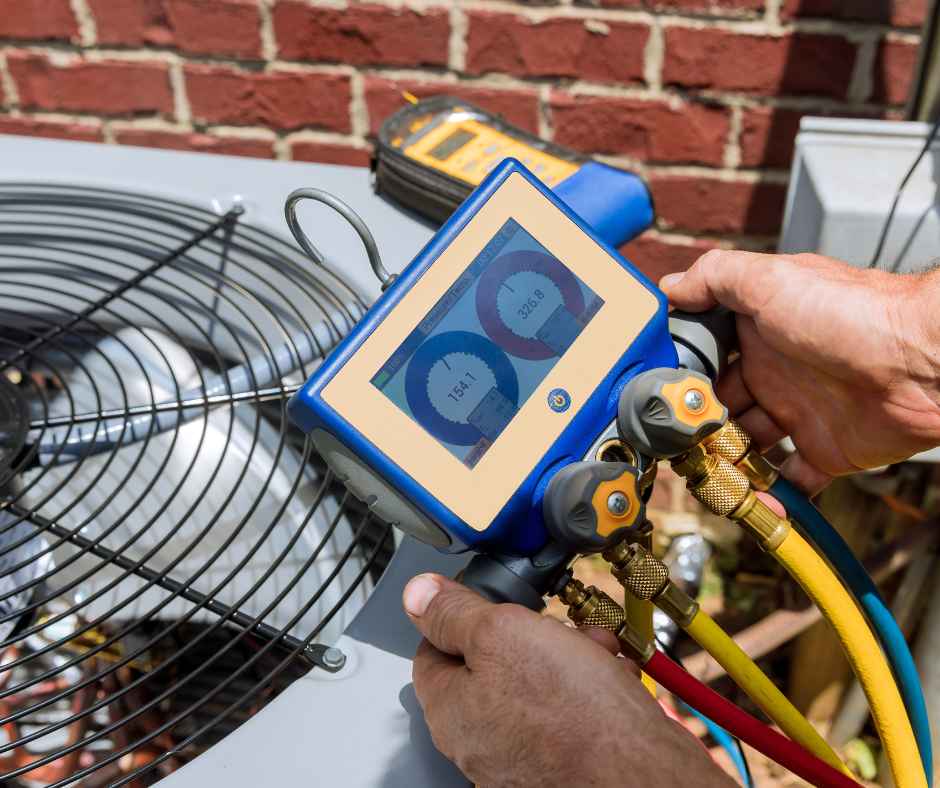
Should I Repair or Replace My AC?
June 4, 2025
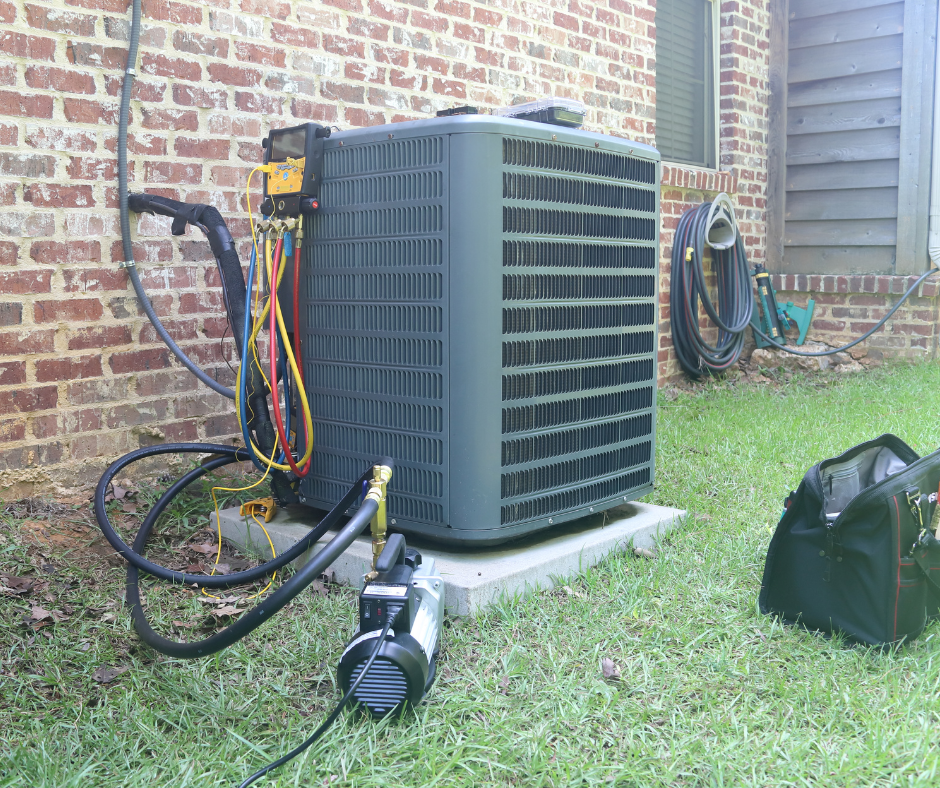
Why Is My Air Conditioner Running But Not Cooling The House?
May 8, 2025
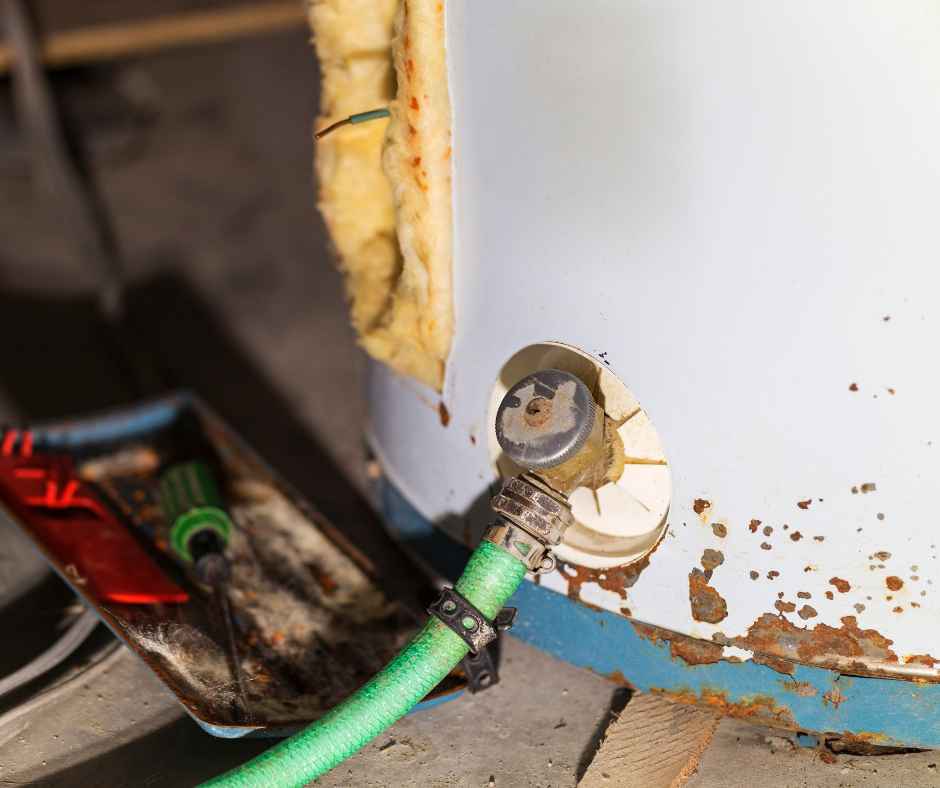
How Long Does a Water Heater Last?
April 10, 2025
